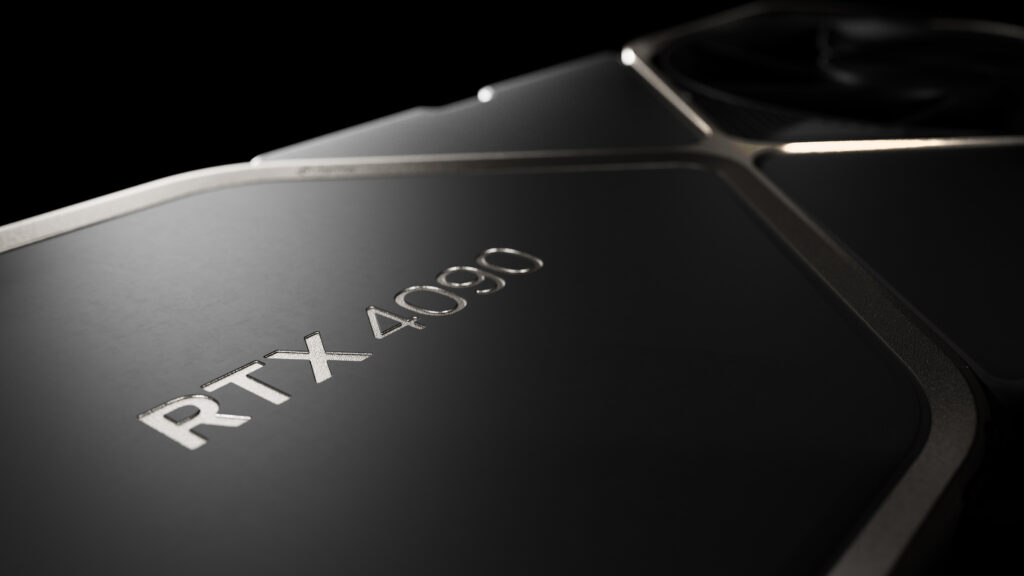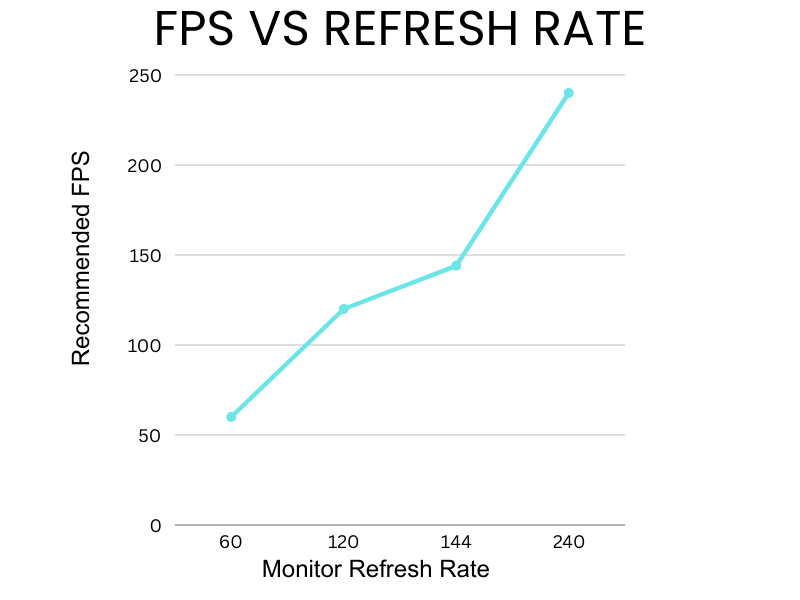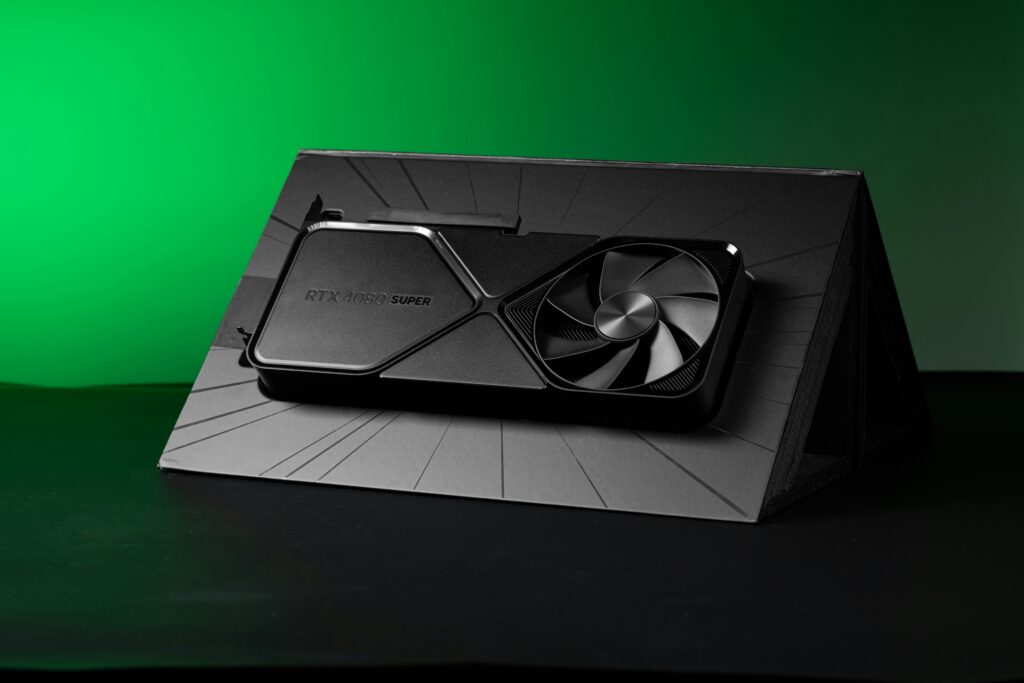
Introduction
A graphics card is one of the most important hardware components for gaming because it is responsible for the gaming experience. It ensures performance, visuals, and overall experience. A powerful graphics card can define better visuals, like Ray Tracing, and AI-powered features like DLSS and FSR. These features boost the overall gaming experience. Whether you want higher-resolution textures or to play modern games, you need a strong GPU (graphics card).
Everyone has their own needs, so if you are a gamer who wants to enhance overall performance, you have to choose your GPU wisely. You will also need a powerful CPU that matches your GPU.
So, let’s dive into the graphics cards within your budget and needs.
Key Things to Consider When Choosing a Graphics Card
Performance and FPS
FPS (Frames Per Second) generally defines how many frames your graphics card can render and display per second. The higher the FPS, the smoother the experience. For different gameplay, you need different FPS levels. For smooth and responsive gameplay, 60 FPS is ideal for most PC games, but for higher refresh rate gaming, 120 FPS is ideal. For pro gamers, 144 FPS or even 240 FPS can be an option for an ultra-smooth experience.

So, let’s see how different GPUs handle gaming at 1080p, 1440p, and 4K gaming.
1080p Gaming
This is an ideal option for many gamers. It gives a good visual experience and performance.
Entry-Level GPUs:
Examples: GTX 1650, GTX 1660 Super, RX 6500 XT
These GPUs are okay for playing games with medium settings. You can experience 60 FPS to 100 FPS depending on the game you are playing.
Mid-Range GPUs:
Examples: RTX 3070, RTX 3080, RX 6800 XT
These mid-range GPUs can be a killer option for achieving higher FPS while playing in ultra settings. These cards are more than enough for 1080p gameplay.
High-End GPUs:
Examples: RTX 3080, RTX 4080, RX 6900 XT
These high-end GPUs deliver amazing visual experiences as well as maximum performance with ultra settings.

4K Gaming
Entry-Level GPUs:
Examples: GTX 1650, GTX 1660 Ti, RX 5500 XT
These entry-level GPUs might struggle with 4K gaming. Frame rates can get lower in most modern AAA titles.
Mid-Range GPUs:
Examples: RTX 3070, RX 6800
These mid-range GPUs can handle 4K gaming without any hassle. But my recommendation is to adjust settings to medium or high for getting stable FPS. You can expect 40-60 FPS in most modern games.

High-End GPUs:
Examples: RTX 3080, RTX 4090, RX 6900 XT
These high-end GPUs deliver smooth gameplay with higher frame rates. Especially, the RTX 4090 is one of the greatest options for 4K gaming ever. You can get 120 FPS at 4K gaming without any issues. These cards will ensure the ultimate 4K gaming experience.
Best Budget GPU for Every Price Segment
Everyone has their own demands while choosing a perfect GPU for themselves. You have to understand what suits you. We will dive deep into every price segment, starting from $150 to high-end GPUs like the RTX 4090.
My recommendation is to have at least 8GB of VRAM for productivity, gaming, and rendering. This might be a sweet spot for most users.
Entry-Level GPUs (Under $150)
In this price segment, you can buy brand-new cards or used GPUs like the AMD Radeon RX 580 (8GB VRAM), or you can buy the AMD Radeon RX 6500 XT, which has 8GB VRAM, making it the best option for an entry-level budget. You can play video games at 1080p with low to medium settings. PCIe 4.0 is recommended for getting the best performance from it.
Overall pick:
RX 580 if you don’t have any problem with used GPUs, or RX 6500 XT.
Mid-Tier GPUs (Under $300)
In this price segment, you can go with AMD or Nvidia. Nvidia would be more suitable if you’re into more VRAM. For running a local AI agent or rendering, you would need more VRAM.
Nvidia RTX 4060 (8GB VRAM): Best for ray tracing and AI.
AMD RX 6700 XT (12GB VRAM) (Used Market):Has more raw performance. A great choice for gaming at 1440p.
AMD Radeon RX 7600 (8GB VRAM): Good for video editing and rendering. You can also do AI-related tasks as well as play games at 1080p ultra settings.
Which one is for you?
For gamers: RX 7600 or used RX 6700 XT.
For content creation or AI tasks: RTX 4060.
High-End GPUs
NVIDIA GeForce RTX 4090
We can call this graphics card the king of all gaming GPUs due to its raw performance. It has 24GB of GDDR6X VRAM, which is capable of playing all modern games with high settings at 4K. It can be a dream GPU for competitive gamers or content creators. The price tag is huge, but every penny is worth it. You can get this card for around $1800-$2000. Make sure your power supply is capable of handling this card.
AMD Radeon RX 7900 XTX
The Radeon RX 7900 XTX can be a good choice if you’re on a budget but don’t want to compromise on performance. It also has 24GB of GDDR6 VRAM, like the NVIDIA RTX 4090, which ensures 4K gameplay with no issues. This GPU can compete with NVIDIA’s flagship GPUs. It also has AMD FSR technology, which is responsible for higher frame rates and improves the overall gaming experience. The price of this card is around $1000.
NVIDIA GeForce RTX 4080 Super
If you can’t afford an RTX 4090, the 4080 Super can be an amazing choice. With 16GB of GDDR6 VRAM, this card is capable of playing most AAA titles at ultra settings. It also supports DLSS 3. While ray tracing is enabled, you can get 100-120 FPS at 1440p. The price is also around $1000.

Conclusion
Choosing the right graphics card depends on multiple factors, such as performance, budget, and resolution. From my point of view, the ultimate graphics card is the NVIDIA RTX 4090. The power of this card is unmatched. However, take your time to choose wisely which one is right for you. Mid-range GPUs are capable of fulfilling your needs and goals.
Thanks for reading this blog. Happy Gaming!